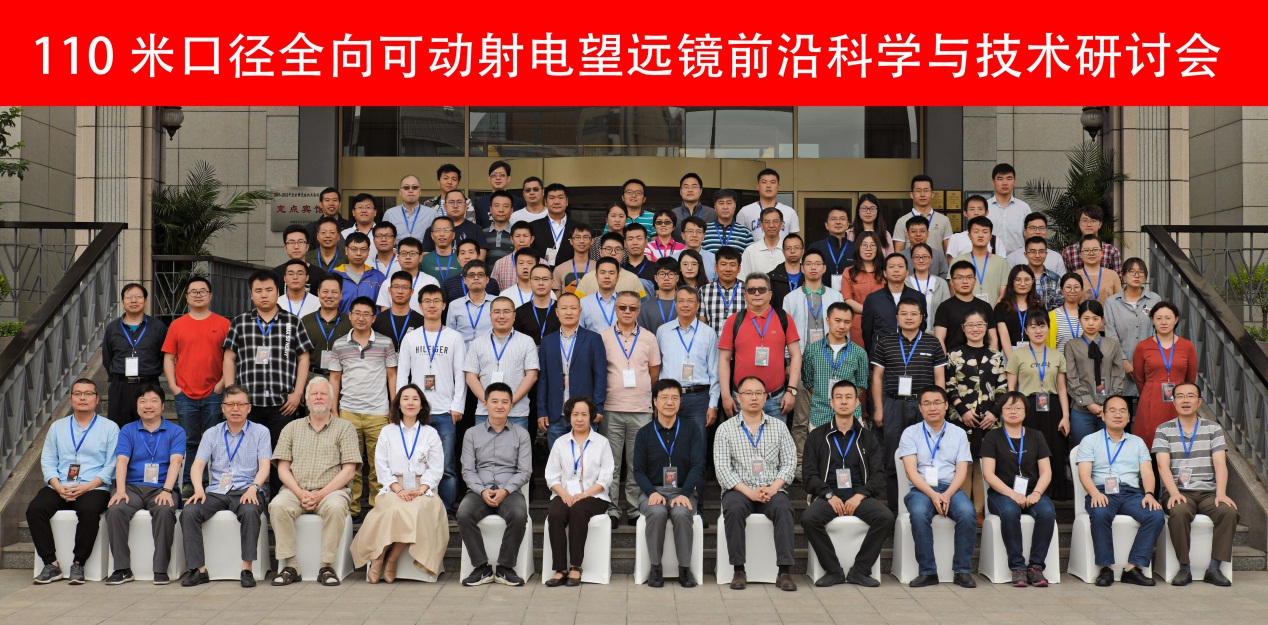From 10-13 June 2019, the workshop on frontier science and technology of the STeerable 110-m Aperture Radio Telescope (QTT/START) was successfully held in Urumqi. At the Workshop, Dr. Na Wang, Director of XAO, and Dr. Duo Jin, Head of QTT- 973 project, gave welcome speech. More than 120 participants from over 20 institutes and universities attended the workshop.
In recent years, the observation on radio astronomy has been rapidly developed in China, and modern astronomical observations have developed into a unique discipline that covers the entire electromagnetic spectrum. With a history of only one hundred years, radio astronomy has broaden the mind of human beings on the universe, with the related studies being carried out at meter-, centimeter-, millimeter-, submillimetre-wavelengths and extending to the whole universe. At the foundation of this progress, the development of radio telescopes plays a significant role. We encourage young scientists to focus on our scientific goals, and aim for frontier science of radio astronomy combining existing telescopes and the future large aperture radio telescope that is under construction at present.
Thirty-eight talks were presented in the workshop, and the discussion after every talk was vibrant. The workshop focused on pulsars, stellar evolution, celestial chemistry, planetary radio science, and key engineering fields including radio telescope structural design, active surface control, ultra-wideband feeds, digital terminals, control system software, electromagnetic compatibility protection and evaluation and latest progress on other related important technologies.

Group photo
The workshop brought together experts and scholars in the field of radio astronomy and related technologies. It also provided an opportunity for the participants to learn from one another and to build cooperation on the frontier science and key technologies of large aperture radio telescope. In addition, the workshop enhanced communication and cooperation on frontier scientific issues between research institutes, and strengthened the development of the radio astronomical research teams, as well as the related studies and technologies in china,
Over the years, the scientific goals and technological research of QTT have been hot topics and represented as new frontiers both at home and abroad. This attracted a large number of astronomers and technical talents from the astronomical communities and related technological industries. The entire improvement provides a vivid background for development of radio astronomy, which serve as support for QTT construction.